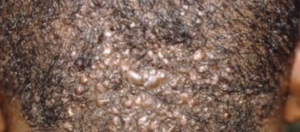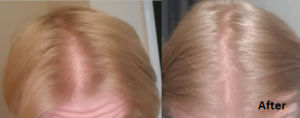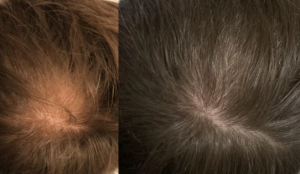https://peerj.com/articles/3020/
“Our data show that, in a cohort of men exposed to 5Alpha-RIs, the duration of 5Alpha-RI exposure was a more accurate predictor of PED (Persistent Erectile Dysfunction) than many known risk factors, including age, hypertension, diabetes mellitus, cigarette smoking, ethanol abuse, obesity, and depression. In our data, confounding by age or extent of healthcare utilization did not account for the increased risk of PED associated with longer 5Alpha-RI5Alpha-RI exposure duration (Table 3, Figs. 2A and 2B). Also, duration of finasteride exposure proved to be a more accurate predictor of sexual dysfunction than higher dose vs lower dose of finasteride, likely reflecting that finasteride exerts near-maximal inhibition of 5Alpha-RI-DHT synthesis at a dose of 1 mg (Drake et al., 1999; Roberts et al., 1999; Shukla, 2011).”
“In conclusion, among men with5Alpha-RI exposure, duration of 5Alpha-RI exposure was a more accurate predictor of PED (Persistent Erectile Dysfunction) than all other assessed risk factors except prostate disease and prostate surgery. Among young men with 5Alpha-RI exposure, duration of 5Alpha-RII exposure was a more accurate predictor of PED than all other assessed risk factors. For each 108 young men exposed for >205 days to the finasteride dose typically used for androgenic alopecia (1.25 mg/day), one additional young man experienced PED when compared to those men with shorter exposure. The median duration of PED in young men was 1,534 days. We expect that our finding of an association between debilitating sexual dysfunction and exposure to finasteride or dutasteride will be of particular interest to prescribers and patients considering medical management of androgenic alopecia or symptomatic treatment of prostatic hyperplasia.”




